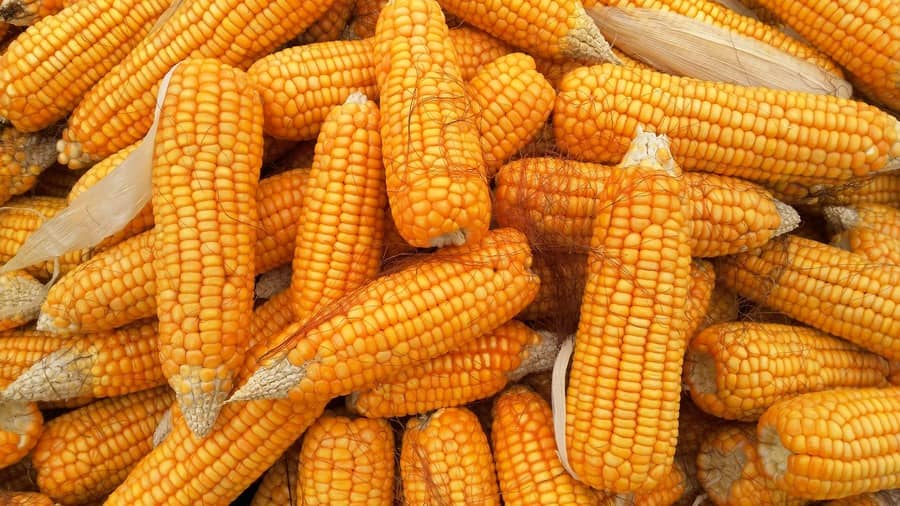Porto Alegre, April 26, 2021 – Undoubtedly, the production chains that use corn and soybeans as raw materials are suffering from the sharp rise in production costs. Undoubtedly, the Brazilian market, by being so open, allows the prices of fattened cattle to reach record levels in full season, as well as soymeal and corn, which are intrinsically linked to international factors. Production chains need to make adjustments to reset prices in reals as well as their operating margins. If necessary, cutting production seems logical and necessary to rebalance prices in segments such as chicken, pigs, eggs, and milk. Unfortunately, the media news will not solve the problems of high corn and soybean prices, as prices are rising across the world market, and adjustments are needed in production chains.
After prices hit BRL 100 in the South region, the market is now trying to reach levels of BRL 102/105. Another week of highs in over-the-counter prices. The long-awaited crop in Minas Gerais has quick sales and no selling pressure on the Southeast region, leaving São Paulo with a narrowing supply and prices that reached BRL 100/102 in the interior and BRL 104/105 CIF. The effects end up falling on the small supply available in the country’s Midwest, region that registered prices between BRL 80 and 90 last week. Now, the highs also reach the Northeast of the country, at BRL 95/100 CIF. The arrival of the crops from Bahia and Tocantins must be quite demanded even by consumers from other regions.
In a normal year, the arrival of the second crop in June would bring prices to a convergence with the port levels and would rebalance prices. However, we are not in a normal year. Internal supply would already be difficult in a normal year. With the delay in the planting of the second crop and this dry climate in April, a new component entered the price environment, that is, the April drought for the second crop. This situation has further complicated the Brazilian off-season, and production losses already exist but cannot be accurately estimated now.
Some plantations are still in the development phase and already with losses; some plantations that will enter a critical pollination and silking stage in May and that have been hard hit by the drought; and, finally, plantations that spent the pollination and silking stage during the drought and that will show losses when filling the pods. Moreover, the rain has not been homogeneous, and the picture can be either very good or very bad within the same location in several farms.
As we have already pointed out, the second-crop losses exist, and now we need to quantify them. The first focus is that Brazilian exports are compromised for the second half of the year, and washout by trading companies must be a natural trajectory going forward, be it from the lack of corn to be received, or from the reversal of exports into the domestic market.
Agência SAFRAS Latam
Copyright 2021 – Grupo CMA

